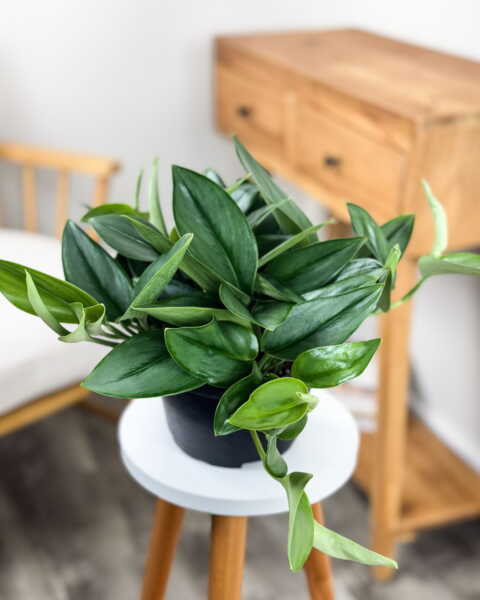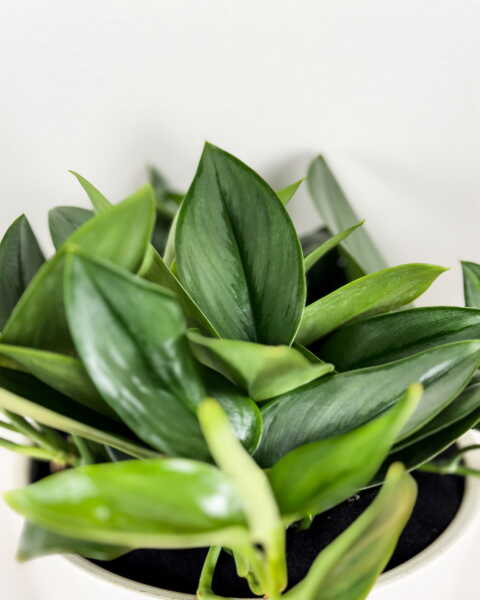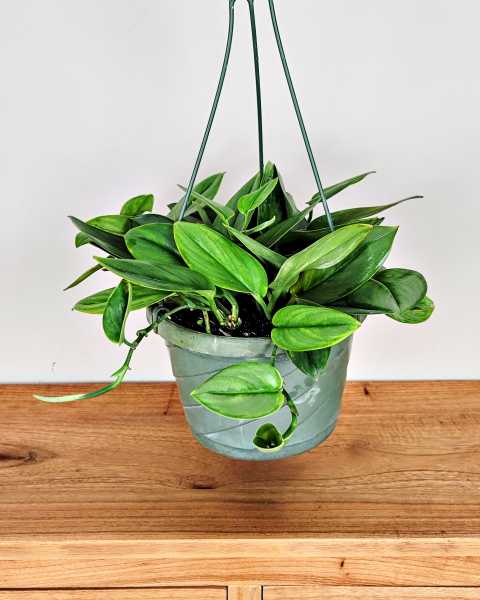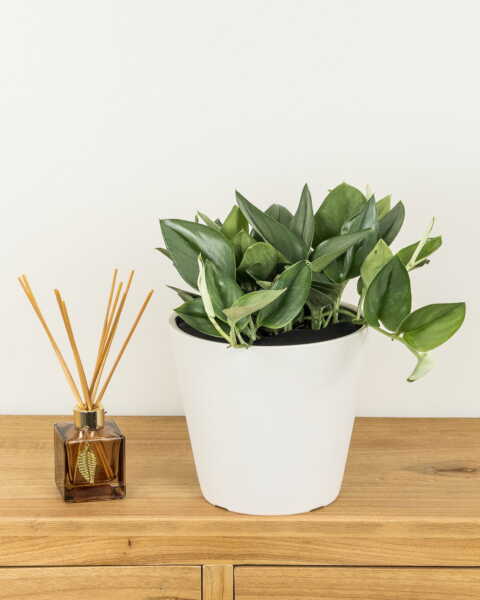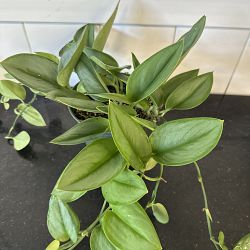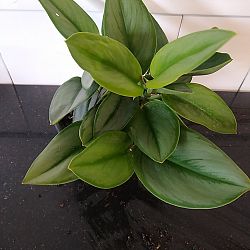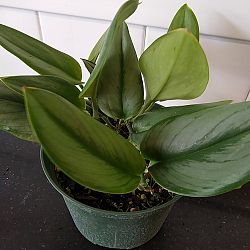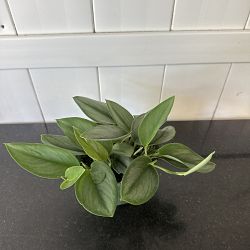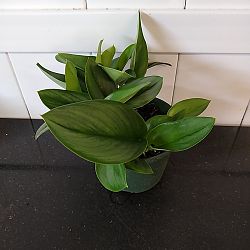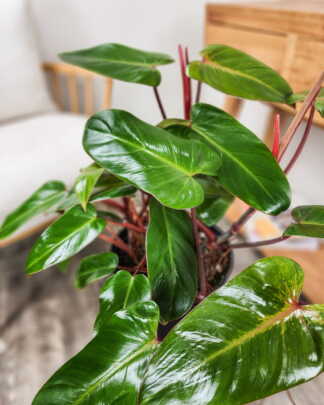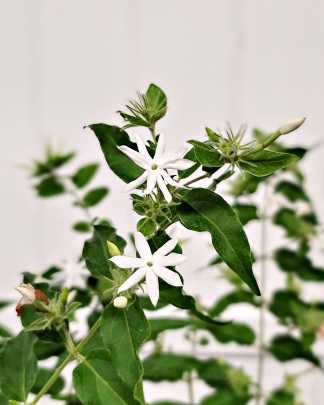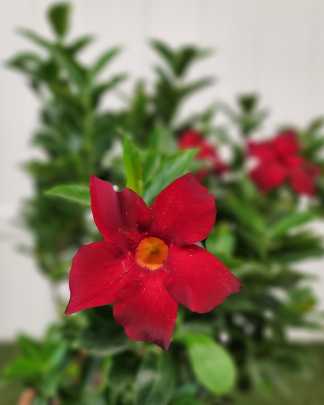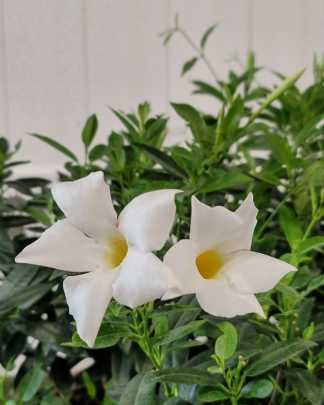Description
Caring for your Scindapsus
Scindapsus is an attractive and resilient houseplant that can thrive with minimal care. By providing the right light, soil, and moisture conditions, along with regular maintenance and attention to its needs, you can enjoy the lush, silvery foliage of Scindapsus in your home. Its adaptability and striking appearance make it a favorite among both novice and experienced plant enthusiasts.
Light
Scindapsus thrives in bright, indirect light but can tolerate lower light conditions. Avoid exposing it to direct sunlight, especially intense afternoon sun, as this can scorch the leaves. If you notice the variegation fading, it might be an indication that the plant needs more light. For indoor growing, placing the plant near an east or north-facing window is ideal.
Soil
This plant prefers well-draining soil that retains some moisture but doesn’t stay waterlogged. A high-quality potting mix with added perlite or sand for improved drainage works well. You can also use a mix designed for tropical plants or aroid plants. Ensuring proper soil drainage is crucial to prevent root rot.
Water
Water your Scindapsus when the top inch of soil feels dry to the touch. It’s better to underwater than overwater, as the plant can tolerate some drought but is prone to root rot if kept too wet. Water thoroughly until water drains out of the bottom of the pot, then empty the saucer to prevent standing water. In the winter months, reduce the frequency of watering as the plant’s growth slows down.
Scindapsus prefers higher humidity levels but can adapt to average household humidity. To boost humidity, especially during dry winter months, consider using a humidifier, placing the plant on a humidity tray with water and pebbles, or misting the leaves regularly. Keeping the plant in a well-ventilated room with stable humidity levels will promote healthy growth.
Temperature
This plant thrives in temperatures between 65°F to 85°F (18°C to 29°C). Avoid exposing it to temperatures below 60°F (15°C) and protect it from drafts or sudden temperature changes, which can stress the plant. Ensure the environment is stable and warm for optimal growth.
Fertilization
Feed your Scindapsus with a balanced, water-soluble fertilizer every 4-6 weeks during the growing season (spring and summer). Dilute the fertilizer to half the recommended strength to avoid over-fertilizing, which can lead to salt buildup and leaf burn. During the fall and winter, when growth slows, you can reduce or halt fertilization.
Pruning and Maintenance
Pruning helps maintain the shape and size of your Scindapsus and encourages bushier growth. Trim back long vines or any leggy growth using clean, sharp scissors. You can also remove any yellow or damaged leaves to keep the plant looking its best. Regularly wipe the leaves with a damp cloth to remove dust and enhance their appearance.
Pest and Disease Management
Scindapsus is relatively pest-resistant but can occasionally attract pests like spider mites, mealybugs, and aphids. Regularly inspect the plant for signs of pests, such as webbing, sticky residue, or small insects. Treat infestations with insecticidal soap, neem oil, or by wiping the leaves with a mixture of water and mild dish soap.
To prevent diseases, avoid overwatering and ensure good air circulation around the plant. Root rot can occur if the plant is kept in consistently wet soil. If you suspect root rot, remove the affected parts of the plant and repot it in fresh, well-draining soil.
Propagation
Scindapsus can be easily propagated through stem cuttings. Take cuttings with at least two nodes and a few leaves. Place the cuttings in water or directly into moist potting mix. If propagating in water, wait for roots to develop before transferring the cuttings to soil. Ensure the cuttings are kept in a warm, humid environment with bright, indirect light.

